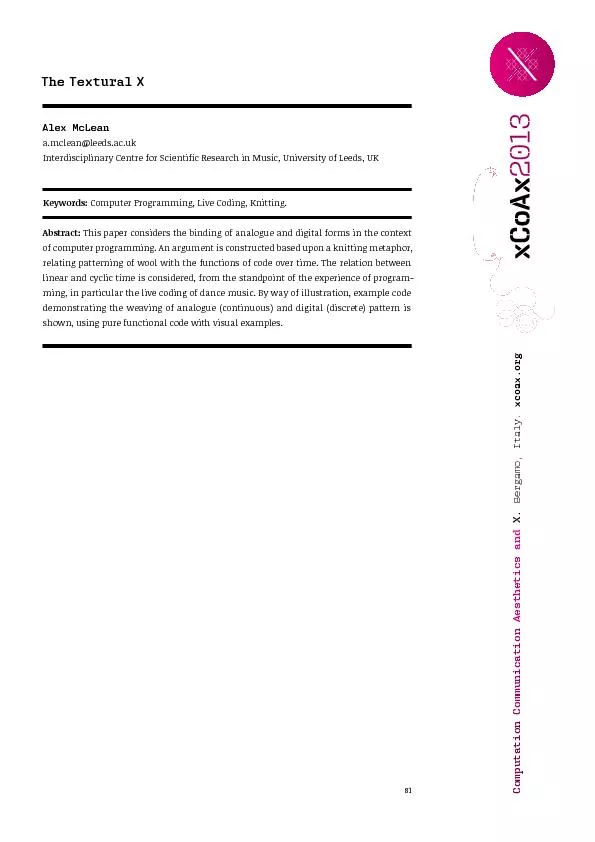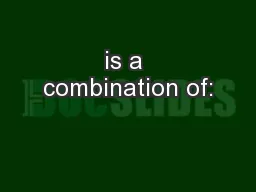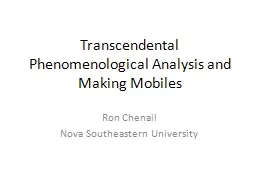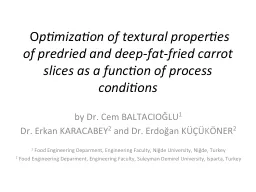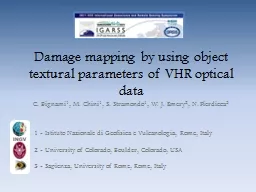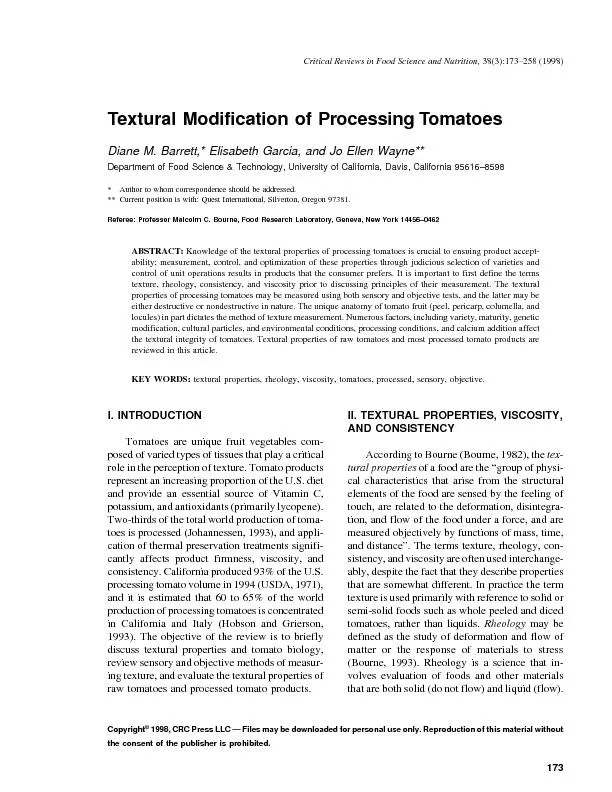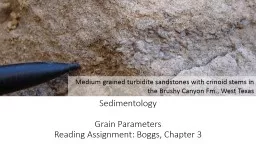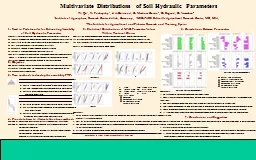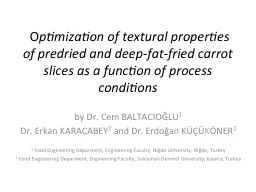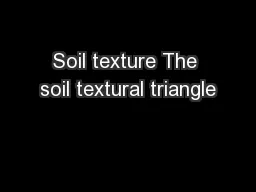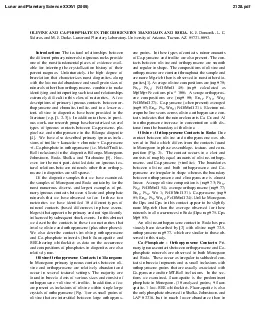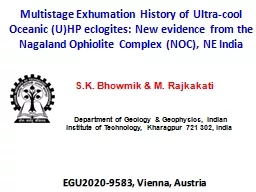PDF-The Textural X
Author : debby-jeon | Published Date : 2016-08-12
Alex McLean amcleanleedsacuk Keywords Computer Programming Live Coding Knitting Abstract This paper considers the binding of analogue and digital forms in the context
Presentation Embed Code
Download Presentation
Download Presentation The PPT/PDF document "The Textural X" is the property of its rightful owner. Permission is granted to download and print the materials on this website for personal, non-commercial use only, and to display it on your personal computer provided you do not modify the materials and that you retain all copyright notices contained in the materials. By downloading content from our website, you accept the terms of this agreement.
The Textural X: Transcript
Download Rules Of Document
"The Textural X"The content belongs to its owner. You may download and print it for personal use, without modification, and keep all copyright notices. By downloading, you agree to these terms.
Related Documents

